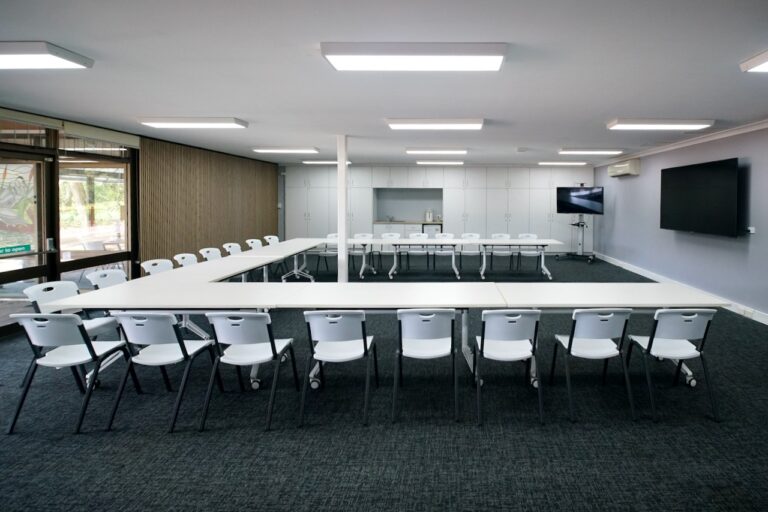New data shows that Newcastle and the Hunter were a commercial property hot spot for investors in 2015.
Newcastle Cityscope research, based on CoreLogic RP Data, highlights an increase in commercial property sales by $19.6 million over the past year. Sales values for the area reached a total of $164.4 million by the end of 2015.
As commercial owners and tenants look for the best location to buy or rent within the Newcastle area, it is important for them to be aware of the depreciation deductions they can claim. Any income producing property such as retail shops, cafes, offices and motels can provide significant depreciation benefits for their owners.
Depending on the construction commencement date, the type of commercial property and its use, capital works deductions can be claimed by the owner at a rate of either 2.5 per cent or 4 per cent each year for any structural or fixed items contained within the property.
When depreciation is applied to removable plant and equipment items within a property it becomes far more complicated, as both the owner and the tenants of the property can claim depreciation deductions.
Commercial tenants are able to claim depreciation for any fit-out they add to a property once their lease starts. Examples of common business assets installed during a fit-out include carpets, air-conditioning units, fire fighting equipment, desks, blinds, shelving and security systems.
The owner can simultaneously claim deductions for any plant and equipment items originally contained within the property.
For this reason it is particularly important for commercial property owners and tenants to speak to a specialist Quantity Surveyor who can calculate the depreciation available.
Depending on lease conditions, if a tenant vacates a building and does not remove the fit-out, the owner may be able to claim any remaining depreciation for these items. However, if a tenant’s lease stipulates that the property must be returned to its original condition at the end of the lease, the tenant can benefit by claiming any remaining depreciation on the items which are removed and scrapped from the property.
The below example shows an estimate of the likely depreciation deductions available on selected commercial property types. Deductions can vary depending on the buildings age, use and fit-out.

Note: each example assumes the property is less than five years old and is based on the diminishing value method of depreciation.
As you can see from the examples, significant depreciation deductions can be accumulated in the first full financial year alone.
These deductions can be beneficial to both the tenants and the owner of the property in improving cash flow and reducing the annual cost of renting or holding the property.





